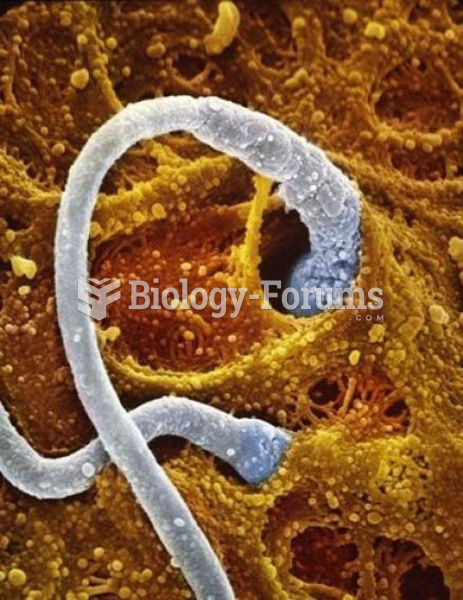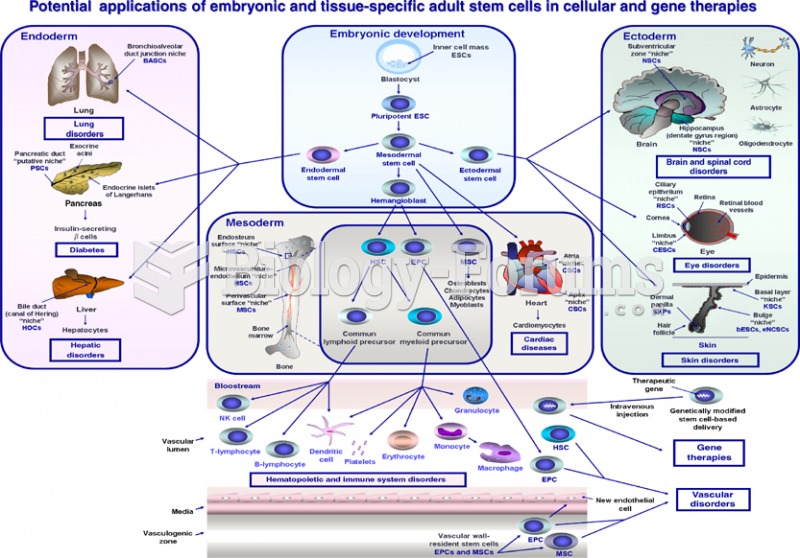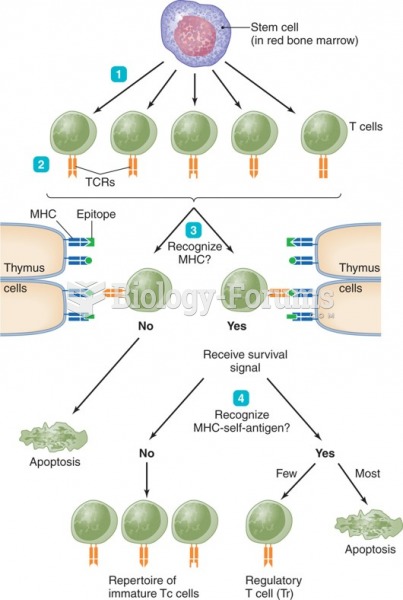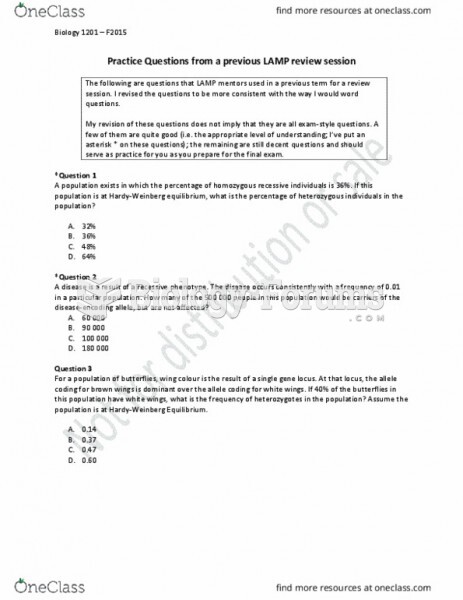|
|
|
The first oral chemotherapy drug for colon cancer was approved by FDA in 2001.
According to the Migraine Research Foundation, migraines are the third most prevalent illness in the world. Women are most affected (18%), followed by children of both sexes (10%), and men (6%).
The heart is located in the center of the chest, with part of it tipped slightly so that it taps against the left side of the chest.
Earwax has antimicrobial properties that reduce the viability of bacteria and fungus in the human ear.
According to the American College of Allergy, Asthma & Immunology, more than 50 million Americans have some kind of food allergy. Food allergies affect between 4 and 6% of children, and 4% of adults, according to the CDC. The most common food allergies include shellfish, peanuts, walnuts, fish, eggs, milk, and soy.







